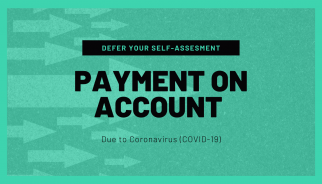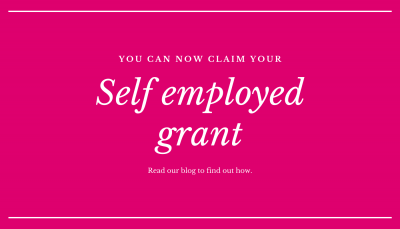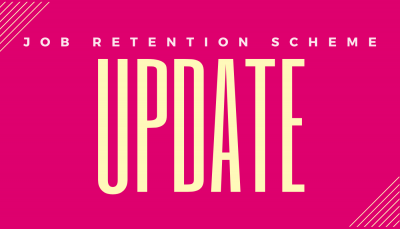
Choose how and when you can delay making your second payment on account for the 2019 to 2020 tax year….

Choose how and when you can delay making your second payment on account for the 2019 to 2020 tax year….

In March 2020, CH introduced temporary easement measures to suspend voluntary strike off action in response to coronavirus (COVID-19) and…

Restaurants and other establishments serving food for on-premises consumption can now sign up to a new government initiative aimed at…

CORONAVIRUS JOB RETENTION SCHEME (CJRS) UPDATE. From 1st July “Flexible Furlough” was introduced and the calculations and time recording of…

VAT – REDUCED RATE OF 5% The government made an announcement on 8 July 2020 allowing VAT registered businesses to…

What’s Going On Now? As time goes on it is getting harder and harder to keep track of all the…

Flexible Furloughing From 1 July 2020, Businesses will have the flexibility to bring previously furloughed employees back to work part-time…

Sole Traders to get second grant from the Government. The government’s Self-Employment Income Support Scheme will be extended, giving more…

The portal opens this week to claim your grant is you are self-employed. This is capped as a taxable lump…

The government’s Coronavirus Job Retention Scheme will remain open until the end of October, The key points announced by Chancellor…